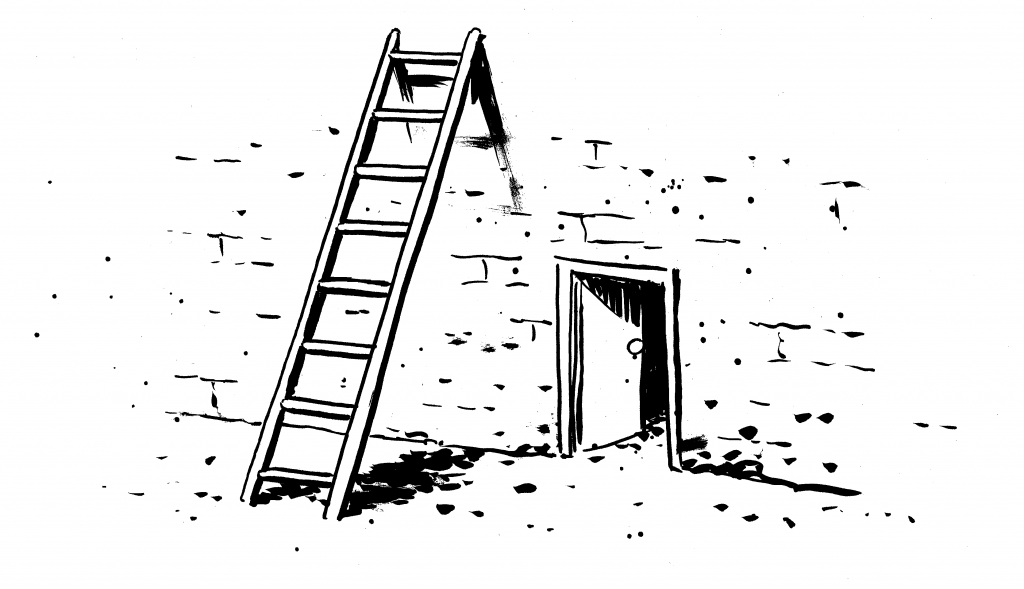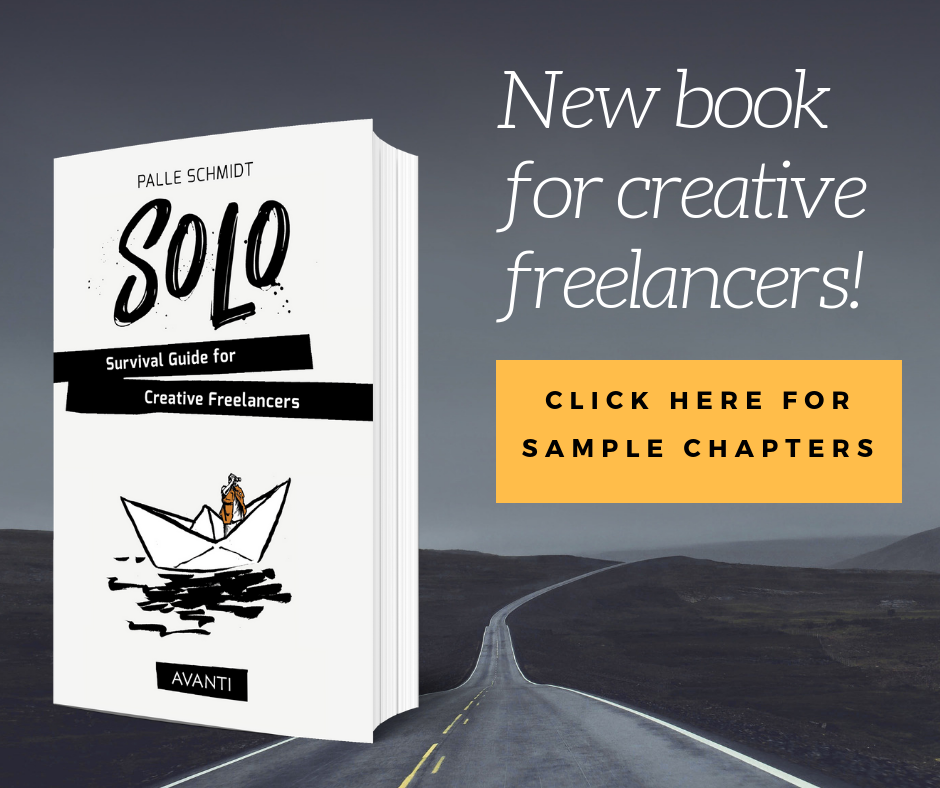
I have a friend who has the habit of taking things apart to see how they work. Anything from a radio to a vending machine. To me this is the ultimate approach to art.
Find something that works – a film, a novel, a painting – analyze it, break it down, take it apart and figure out why. This is how Raymond Chandler started writing short pulp fiction stories. He took a story from Black Mask, dissected it and identified the various element and then created a new story by replacing each piece with his own.
You can become a great artist by copying what you love about another artist. This will teach you a lot. Then after a while, you can bring in other influences and start adding your own voice, thereby creating something new. If you look at my early drawings, you’ll definitely see a Mike Mignola phase, a Frank Miller phase and a Sean Phillips phase (which you could argue is not over yet).
My first 48-page comic that was published in Denmark in 1999, was the result of sitting next to Peter Snejbjerg. Peter was a master of the quill (the kind of metal-tipped pen you dip in ink) and all the “real” comics artist all used it. So of course this young whipper-snapper had to try and copy the technique, with pretty disastrous results. I learned a lot of lessons by sticking it through for 48 pages – the most important being I shouldn’t be using a quill. I learned later, that I could use a soft-tipped marker to almost the same effect and that my hand liked working with that way better. Nowadays I listen more to my hand than I listen to my brain.
As an artist it’s important to stretch your muscles, draw the things you have a hard time drawing rather than sticking to the things you nail every time. Again, it’s a great strategy to just copy. Drawing from life or recreating works from other artists is a crucial way to get better at the craft.
This post is an excerpt from my book SOLO – Survival Guide for Creative Freelancers – Pre-order now on Amazon.

Leave a Reply
You must be logged in to post a comment.